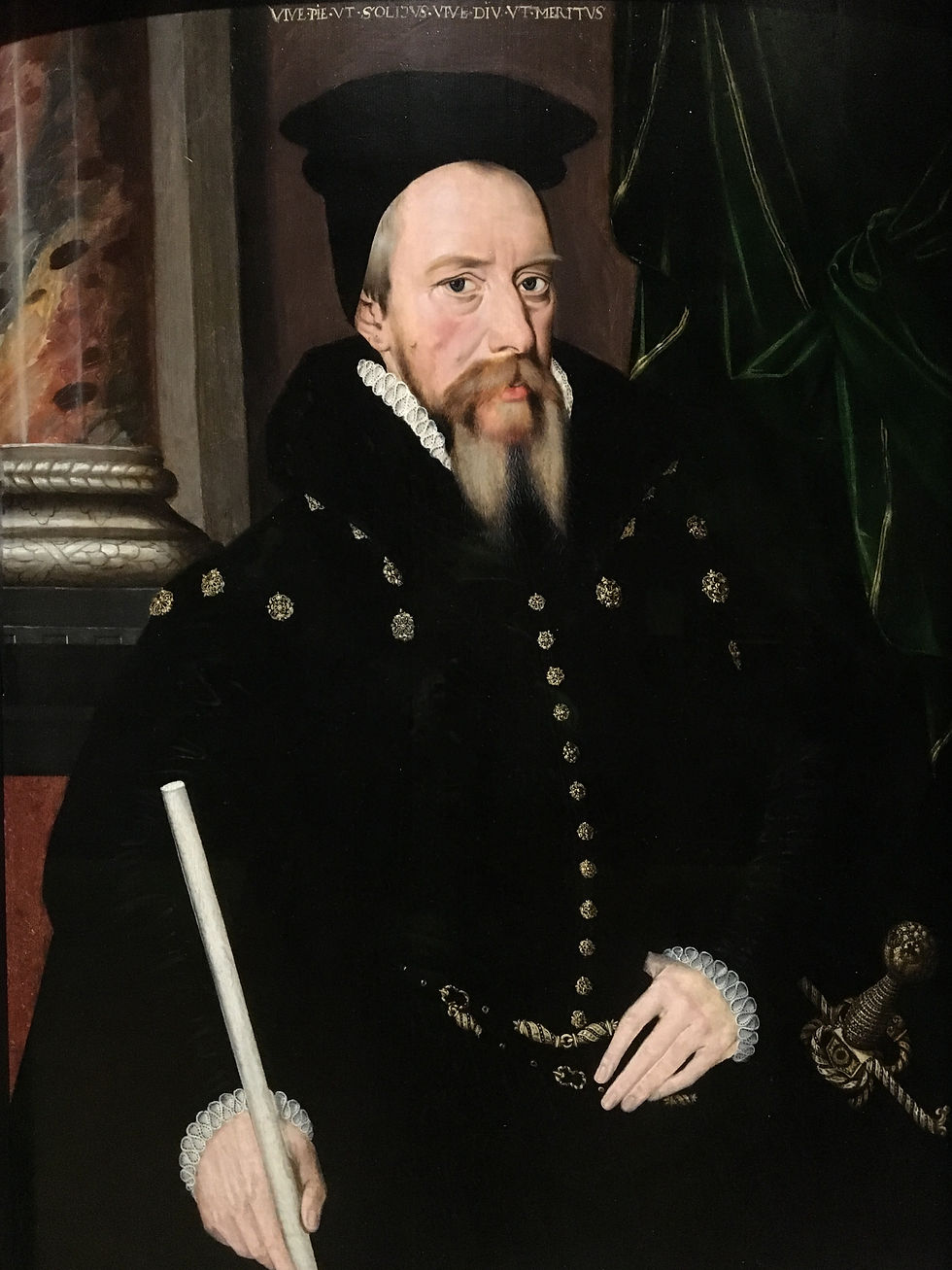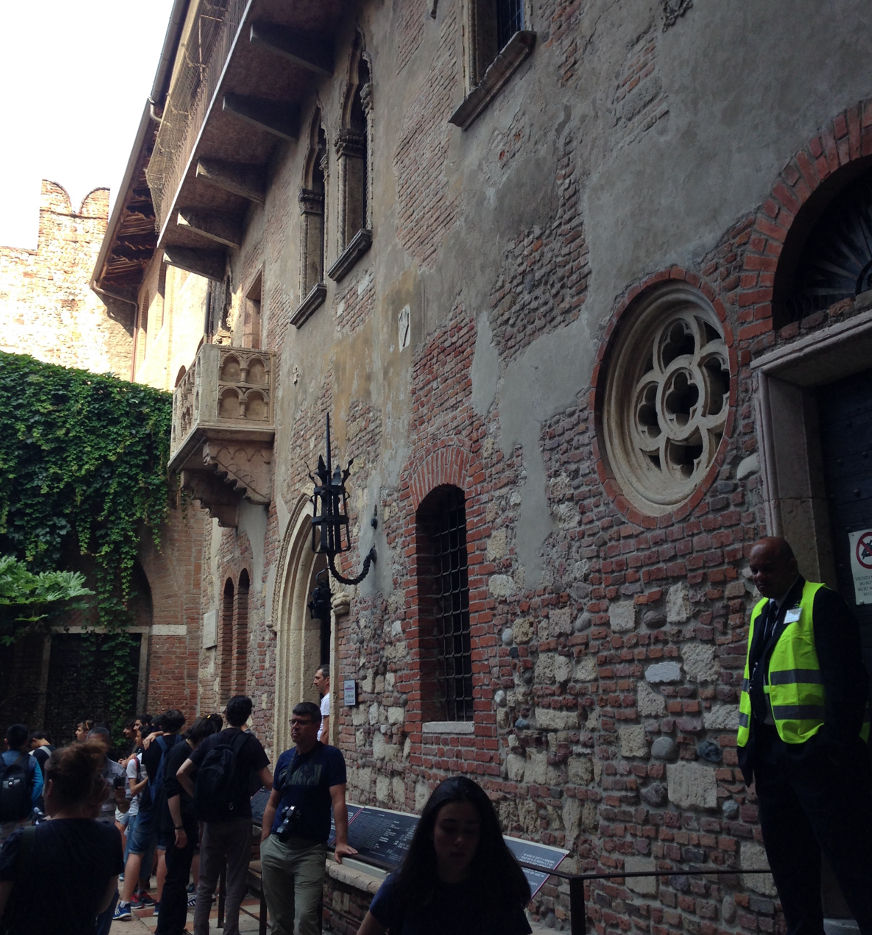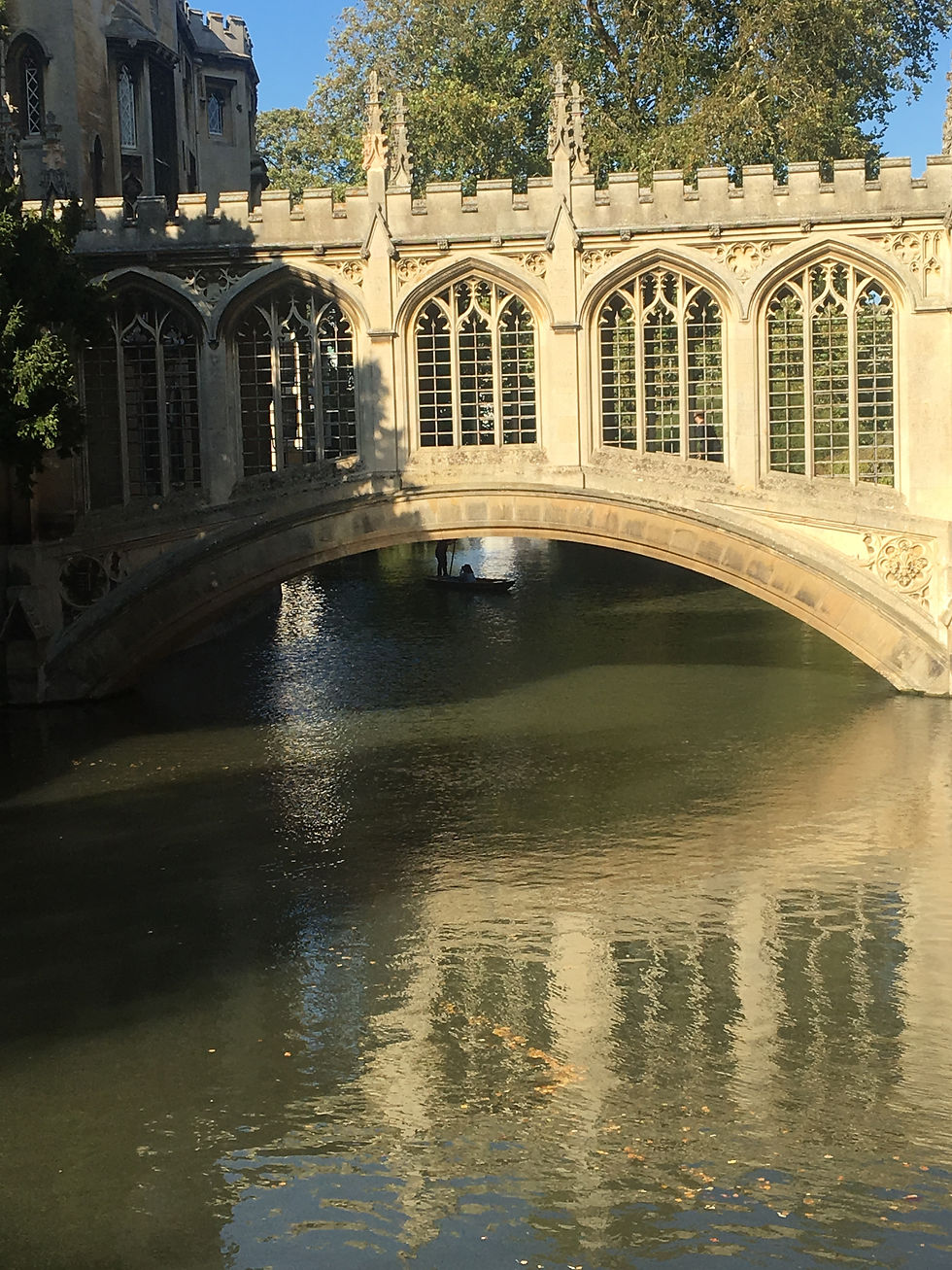“With love’s light wings did I o’erperch these walls,
For stony limits cannot hold love out,
And what love can do, that dares love attempt.”
Romeo and Juliet II.ii
Many of the differences between the Tudors and ourselves have roots in differences in laws. For example, under Tudor law, parental authority was absolute. Disobedience was a sin. By law, children belonged to their fathers. While wives could work their wishes through their husband’s affections, by law, husbands were, in the words of the Bard, “thy lord, thy life, thy keeper, thy head, thy sovereign” (Taming of the Shrew).

My last post about William Cecil, Lord Burghley described how this paternal authority extended to the child’s choice of spouse and how the royal wardship system transferred this legal right to a guardian if a peer died with minor children. Since noble marriages were a matter of money, prestige and alliances between families, it is not hard to understand why a full one third of the nobility lived apart from their spouses and the Bard argued so hard on love’s behalf in his plays.
But was the man who later demanded strict obedience from his wards and his own children and sent his spies to report back on his son Thomas’ activities abroad, ever in love? Did William Cecil ever do something, well, crazy and impetuous for love?
Yes, indeed! At 19, while a student at St. John’s College, Cambridge, Cecil defied the law and his own father when he fell head-over-heels in either love or lust with Mary Cheke, his mentor’s sister. Richard Cecil, William’s father, having risen in King Henry VIII’s service from cleaning the King’s Chamber to yeoman of the royal Wardrobe, reacted to his son’s intentions for Mistress Cheke and her dowry of only £40 with “conceived displeasure”.
Richard’s “displeasure” was so strongly “conceived” that William was forthwith removed from Mary and Cambridge without a degree and sent to do something sensible: study law at Gray’s Inn in London. This is why William was not awarded his St. John’s bachelor’s degree until 1564 at age 44 (when he was Secretary of State) in the same Cambridge graduation ceremony as his 14-year-old ward and future son-in-law, Edward de Vere, 17th Earl of Oxford.
A couple of months after being forced by his father to leave Mary in Cambridge and move to London, in an act of filial defiance as headstrong as Romeo feeling his fate “hanging in the stars”, William surreptitiously married his “Juliet” in August 1541 and conceived a son, Thomas, who was born on May 5, 1542 in Cambridge, probably while William was in London and Mary was living with her mother.

Like Romeo and Juliet, theirs was a tragic love story. Mary died the next February, leaving William with a 7-month-old. Her mother buried her body in the churchyard of St. Mary the Great on Cambridge High Street. Her family, not her husband, paid for her funeral and the four wax torches to be burnt for her soul. From these facts, it seems that Mary remained in Cambridge with her family because William could not afford to support her in London and dared not bring his pregnant wife into his father’s home. Mary likely died while William was in London and he probably neither attended her funeral nor had the funds to pay for it because he had married her without his father’s consent. It was rumored that Richard Cecil found the marriage so distasteful that he altered his will. It is unlikely that he was funding his disobedient son.
This private tragedy, marrying for love and then losing both his father’s financial support and Mary, must have stayed with Burghley for the rest of his life, even after he married a second time. It is very surprising that, having made such great personal sacrifices for love and marital happiness, that Burghley should force his first royal ward to marry against that ward’s will and to fleece his final royal ward of an enormous sum to break another unwanted betrothal Burghley had arranged. It becomes positively shocking and unconscionable when you realize that Burghley controlled the marriage rights of not only these wards, but also of the girls to whom Burghley betrothed them. One was his daughter Anne and the other was his granddaughter Elizabeth. Burghley alone controlled all the pieces on the chess board on both sides of those marriage contracts. He failed everyone.

Burghley originally betrothed his daughter, Anne, to Philip Sidney, the Earl of Leicester’s nephew, when she was 13 in 1570. At the time, Sidney was heir to both Leicester’s earldom and that of another uncle, Ambrose Dudley, Earl of Warwick. But then Burghley saw a more certain way to put a countess’ coronet on Anne’s head in case either Leicester or Warwick (or worse, both) produced a legitimate male heir. He broke the betrothal he had negotiated with Leicester for Sidney, and, suddenly, without Oxford’s consent (Oxford was under age), betrothed Anne to Oxford. Neatly done! Burghley controlled Anne’s marriage rights as she was his daughter and Oxford’s marriage rights as Oxford was his ward. The young people knew each other but had no say. The only problem was that Oxford did not want to marry Anne Cecil. Oxford had been betrothed by his deceased father to someone else he wanted to marry. Although Burghley claimed that Oxford initiated the match with Anne, Oxford strenuously objected. Finally, Oxford’s actions spoke far louder than Burghley’s words when Oxford failed to appear at the altar in September 1571, after the queen and guests arrived and after Burghley’s congratulatory wedding poem had been published all over London. Ultimately, the queen and Burghley made him “an offer he could not refuse” as has been said in another context, and Oxford very unwillingly married Anne in December 1571. (Therein lie a treasury of tales and secrets to explore.)
Not content with having created misery once, twenty years later, Burghley betrothed Elizabeth Vere, Anne’s daughter and Burghley’s granddaughter, to his final ward, Henry Wriothesley, Earl of Southampton. Here is the Polonius we know from Hamlet, a generation older than Claudius and Gertrude, who calls him a “good old man” as if he were Ophelia’s grandfather. It is likely that Burghley, then 69 years old, commenced these betrothal negotiations with himself in 1589 when Elizabeth was 14 and Southampton 15. Burghley was sole negotiator for both bride and groom again. To say that this betrothal became a cause célèbre would be an understatement. Like Oxford, Southampton did not want to marry the bride Burghley chose for him and made his objections known for years. Finally, in November 1594, after his official 21st birthday, Southampton broke the betrothal that he never wanted or agreed to and paid the enormous sum of £5000 to the man who had forced him to become betrothed in the first place. Southampton and Elizabeth married other people. His was a happy marriage; hers, not so much.
Having defied his father and married for love when young, one would hope that the mature Burghley understood how strongly the heart pulls us towards those we want to marry and never force his choice on others. Instead, he caused four young people under his care oceans of misery as deep as his own had been all those years ago over Mary Cheke; but at least, he added £5000 to his own coffers.

